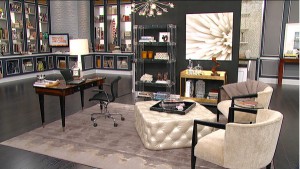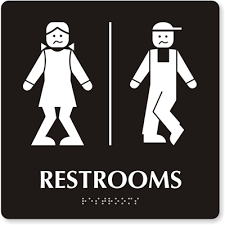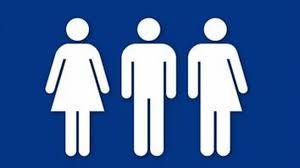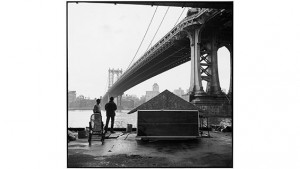This article looks into the time of discrimination in a new less obvious way, architecture. Robert Moses known as a master builder in New York, was known for his bridge work. More recognized for his intentional bridge design,that lowered bridge heights so that buses wouldn’t be able to pass under them. Why didn’t he want buses? Busses are used majorly by poor and minorities. Bringing unwanted noise and crime. Was this the real reason or was it more to it than they were letting on? Bus systems like MARTA are under criticism today for this very reason, but life is considerably different from the 1970s. In 1974, the city of Memphis, white residents request that a street be closed off, which connects a majority white and black neighborhoods. When brought to the Supreme Court it was ruled as a “routine burden of citizenship and slight inconvenience” (Schindler, S…) Justice Marshall didn’t withhold acknowledging the message hidden behind this.
Laws and lawmakers which are intended to help prevent racial discrimination are a main contributor to the very things it seeks to prevent. Regulations, requirements, even structural designs are all tactics that lead to discouraging certain groups to migrate over to other locations. Lawrence Lessig’s regulatory theory which states that behavior can be regulated or contained by architecture. (Schindler, S…) Regulations enforced by architecture is harder to identify through the courts because they are less noticeable, not as direct, and generally unfamiliar to the eyes we use to see the world everyday (common eyes). We do have laws that prevent discrimination through architecture, for example, through the Americans with Disabilities Act which gave us handicap parking and ramps. Obvious architectural exclusion or human right that just so happened to involve the changing architectural design to allow accessibility to other places, but how does this differentiate from the low bridges restricting minorities and poor from going into certain neighborhoods?
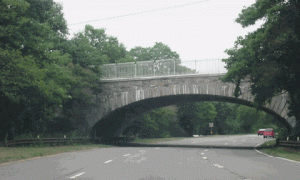
Example of a low bridge that keeps buses out of certain areas.
Architectural discrimination is not always intentional. When constructing a new highway or Bridgeway constructors plan on location, traffic accessibility and economic impact. Looking at it as a built environment a highway can divide two neighborhoods, making it inconvenient to associate with each other. Politically, however, according to Lessig “That the Constitutional Court in Germany is in Karlsruhe, while the capital is in Berlin, limits the influence of one branch of government over the other. These constraints function in a way that shapes behavior. In this way, they too regulate.” (Schindler, S…) Here Lessig is not directly acknowledging that there are architectural constraints, but refers to them as “codes”, like technology linking together the behaviors or real world architecture to cyberspace. Legally physical exclusion through the use of architecture can easily be overlooked because structures are built according to laws. Laws made over a century ago to prevent to races from interacting are still used causing neighborhoods to still be segregated.
This article was to seek attention on the use of architecture to bring together or separate certain people. However you may see the world around you, this article hopes to enlighten the common eyes, scholars, politicians, courts, and citizens’ eyes to see what may seem innocuous and according to law may have meaning to regulate and control the environment around them. Although signs and laws that divide us racially were taken down; new lines were drawn using architecture as the pen.
Sources
Schindler, Sarah. “Architectural Exclusion: Discrimination and Segregation Through Physical Design of the Built Environment.” Yale Law Journal. 124.6 (2015): 1934-2024..Web. 24 Jan. 2016.
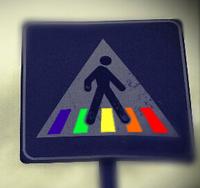 (CW)
(CW)